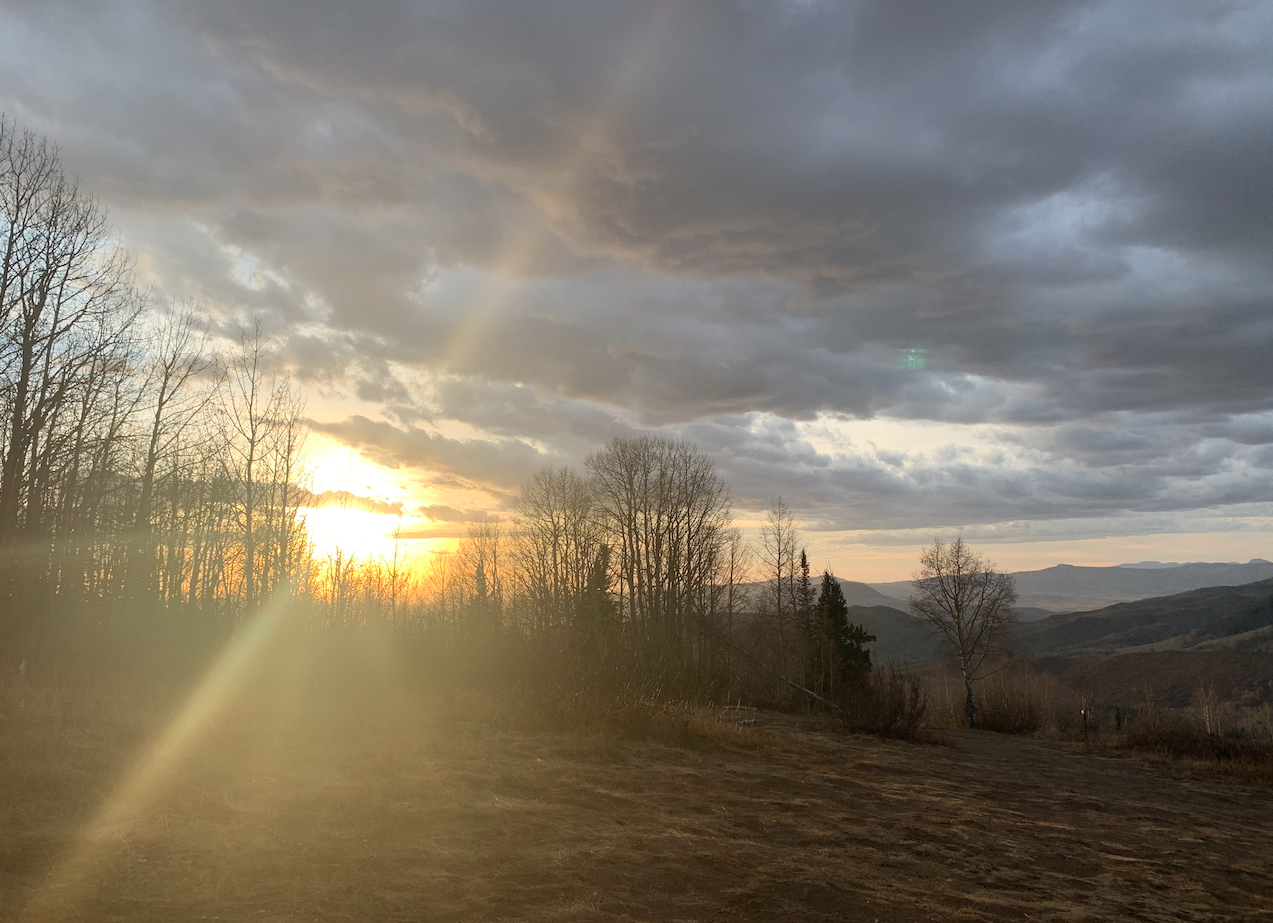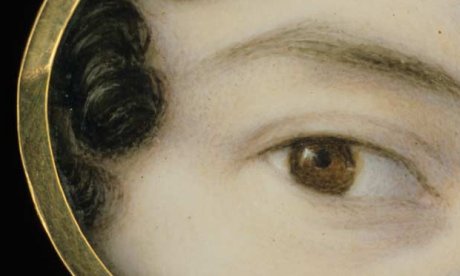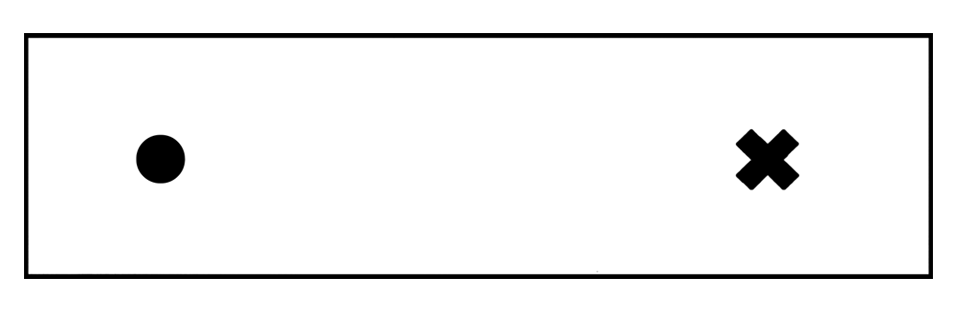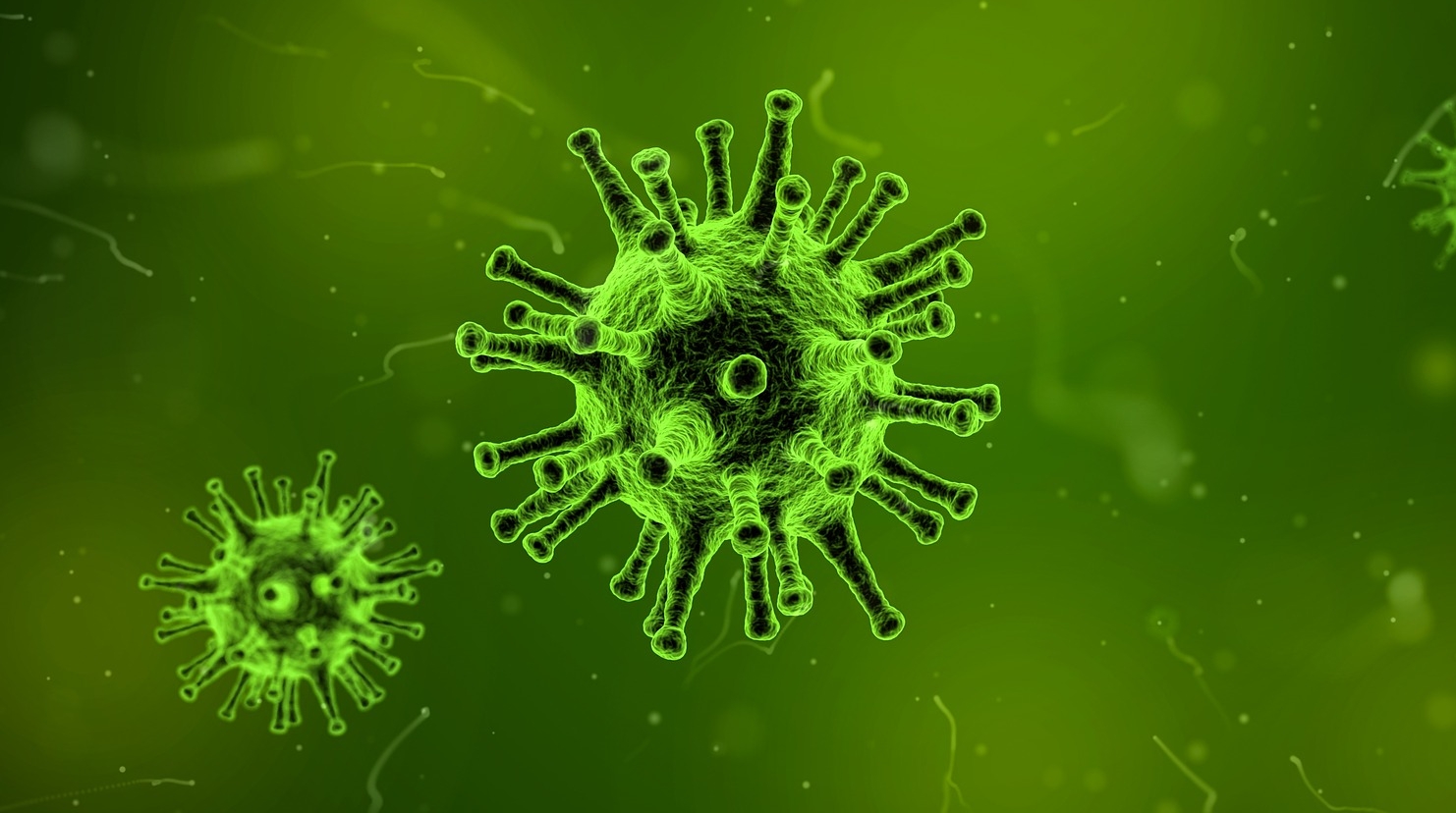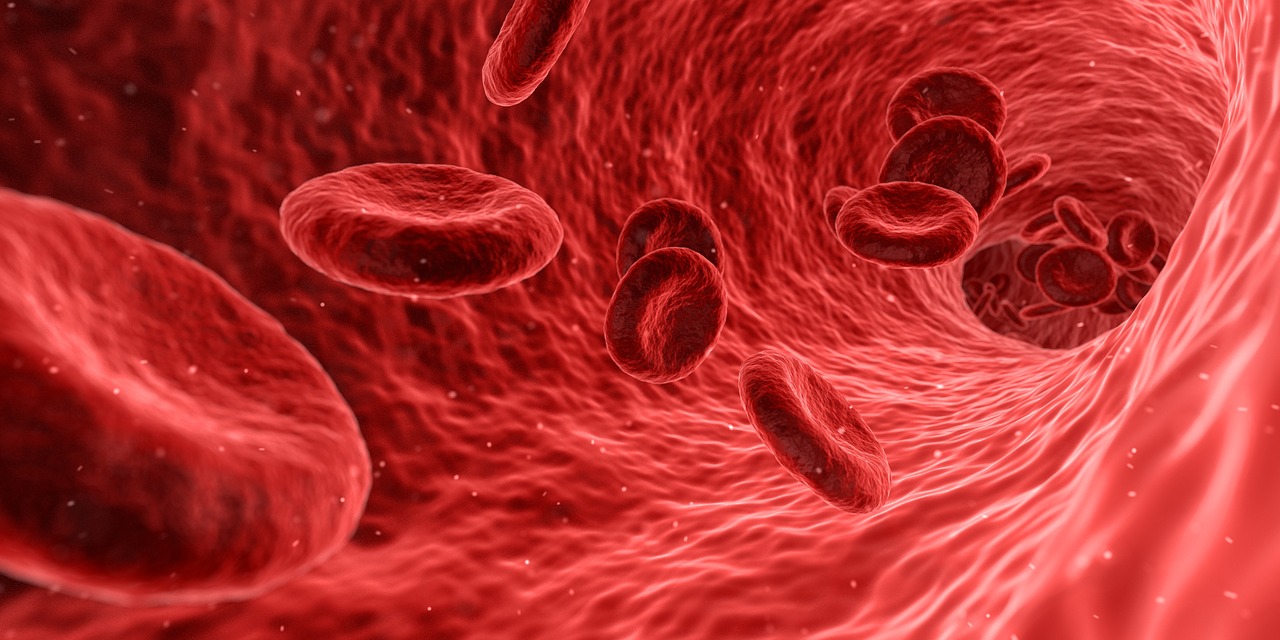Days are longer, the sun is brighter and the snow is slowly melting away. But I can't help remembering how a few weeks ago, on a bleak, frigid February afternoon, I watched a group of ducks paddling along the icy river through town.
The ducks were surrounded by snowy banks and sections of thick ice. And as my own breath came out in crystalline puffs, I wondered how they stayed warm. I wasn't worried about their bodies - yes, the air was frigid, but they have down coats for that. I was more curious about their thinly webbed feet that were submerged in the icy water.
After a bit of research, here's what I learned.
Ducks have a counter-current heat exchange system: the warm oxygenated blood flowing to their feet passes close by the cold, waste-carrying blood returning to the heart. It's a finely webbed system of arteries and veins that allows the birds to efficiently recapture heat. Since the blood in their feet is already cooler, they don't lose as much heat to cold water. All to say they're not wasting too much energy keeping their feet warm.
But their feet are still chilly: the blood that circulates through is just warm enough to prevent frostbite. And that's surprisingly okay with these birds. Their legs and feet are mostly free of soft tissue. Even the muscles that operate the foot are higher up in the leg, connected to the foot bones by long tendons. So their feet don't need much warm blood. And if they get too chilled, the ducks can pulse extra blood to the foot through valves in leg arteries, providing the needed warmth and preventing frostbite.
Believe it or not, this whole system is also helpful in warm weather. Birds can forage in water hotter than their body temperature as the counter-current exchange keeps their feet cool. This also explains why the Great Flamingo, which has very complicated branching in its arteries and veins, stands on one foot: it's limiting its exposure to heat through its feet. This same system is found in the flippers of whales and sea turtles, as well as some reptiles.
So the next time you stand at an icy pond and watch ducks paddling along, there's no need to cringe and shiver and worry why those little feet don't turn into icicles. Instead, you can tuck your hands in your pockets, watch your breath cloud in front of you, and marvel once again at intricacy of nature.
__________
photos from Creative Commons/Pixabay

